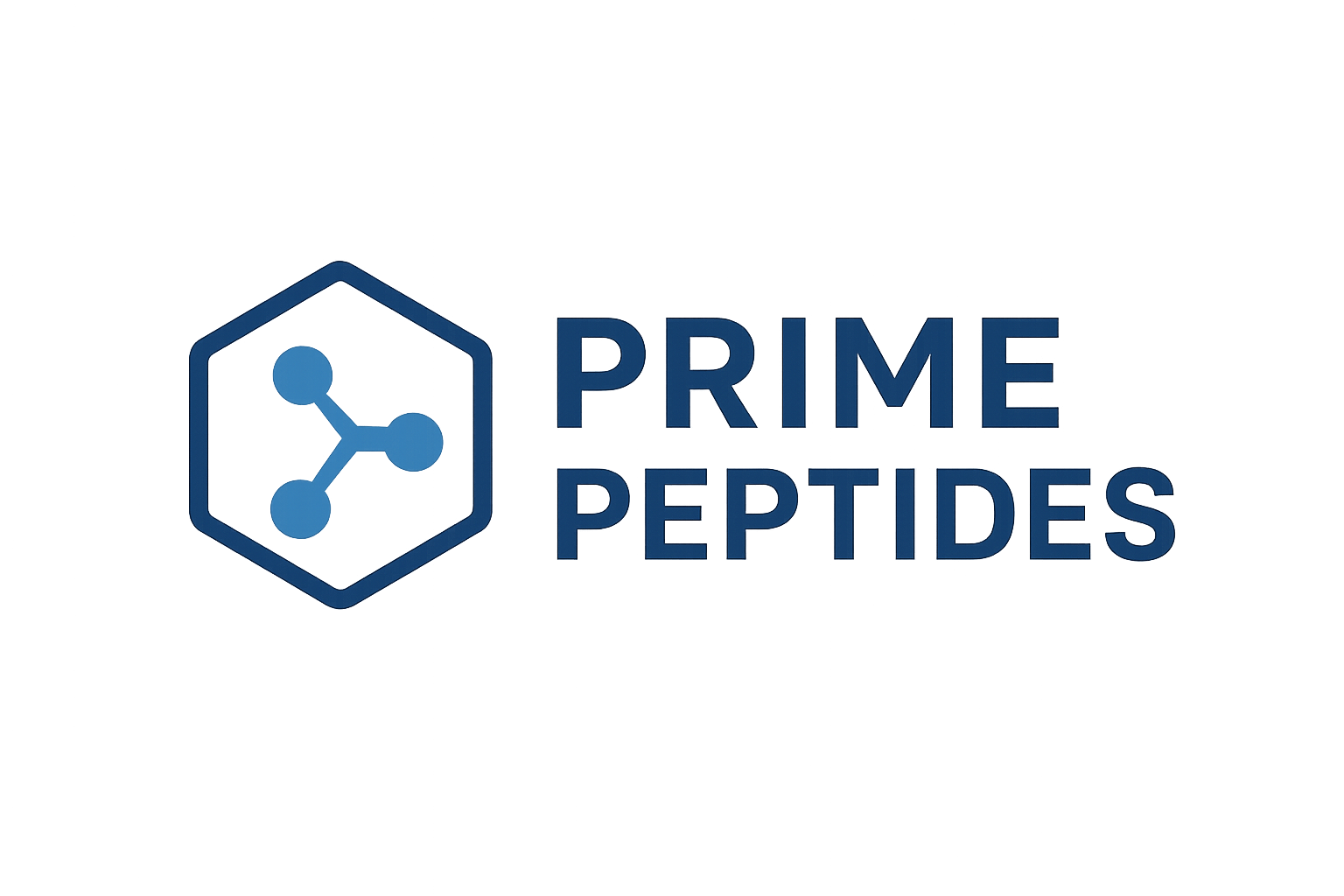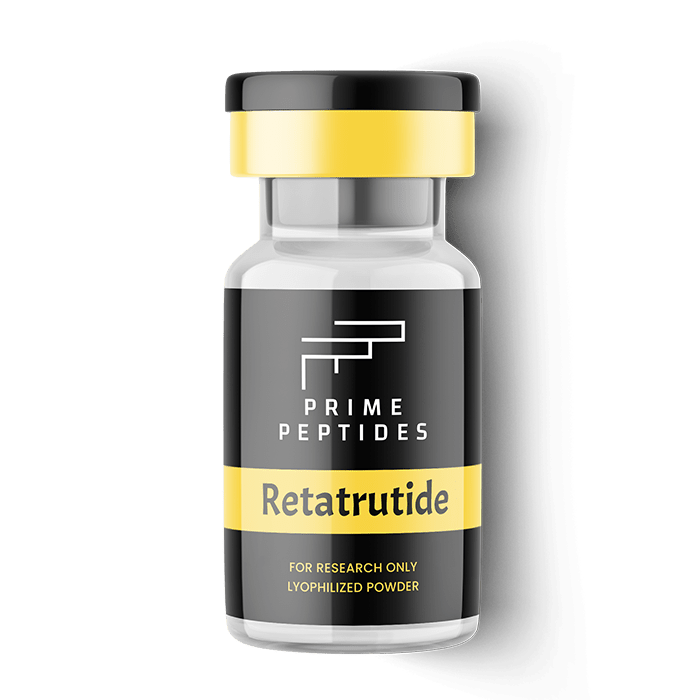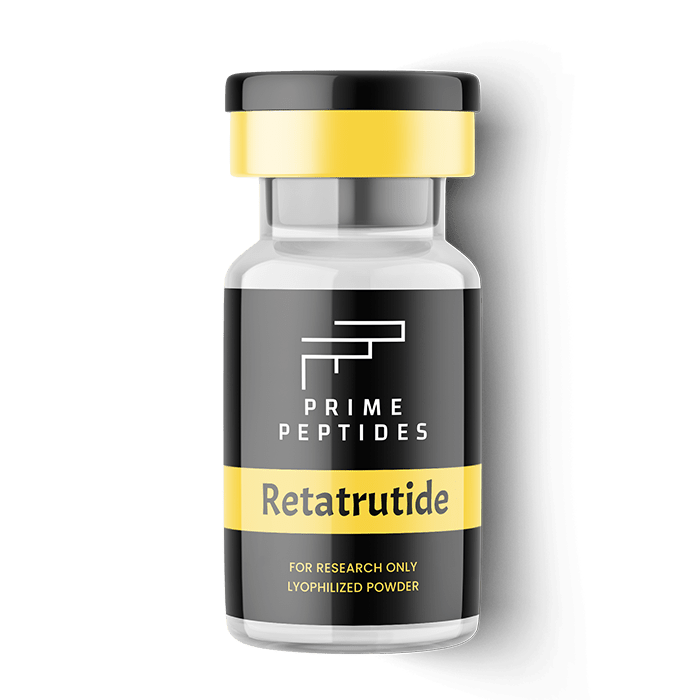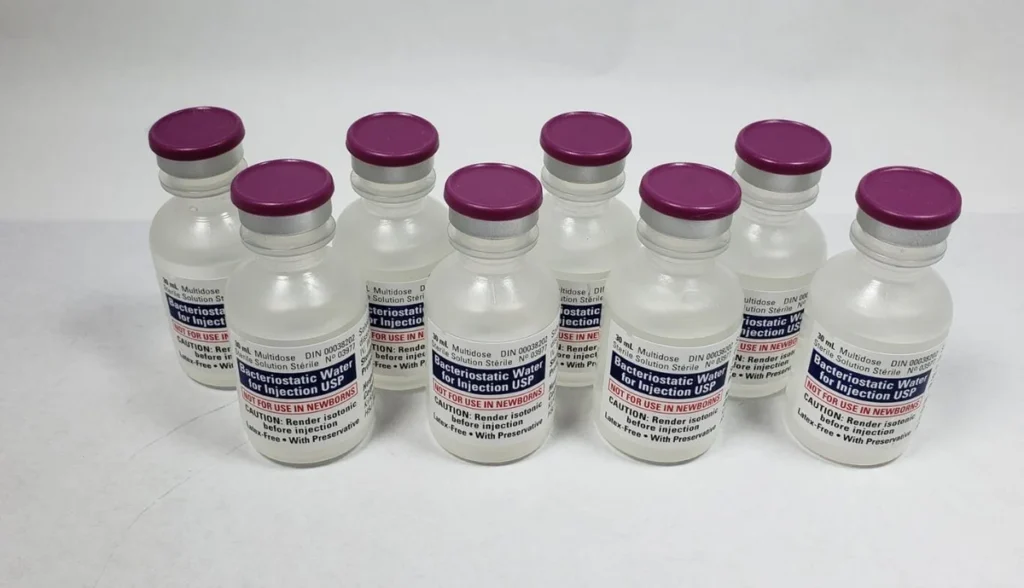Does Retatrutide Need to Be Refrigerated? Find Out Here
Does Retatrutide Need to Be Refrigerated? Does Retatrutide Need to Be Refrigerated? Does Retatrutide Need to Be Refrigerated. Welcome to Prime Peptides Ltd. If you’re exploring new weight loss injections, you’ve likely heard about retatrutide. As a promising new addition to the field, it’s generating a lot of buzz. But with any powerful medication, proper handling is crucial for getting the best results. A very common question is, “Does retatrutide need to be refrigerated?” This guide will walk you through everything you need to know about the proper storage of retatrutide to ensure it remains safe and effective throughout your treatment. What Is Retatrutide? Retatrutide is an investigational weight loss medication currently being developed by the pharmaceutical company Eli Lilly, predominantly focusing on the United States market. While not yet approved by the FDA, it has shown significant potential in clinical trials for treating obesity. It is expected to be administered as a weekly injection, similar to other popular weight loss drugs. This new drug stands out because of its unique approach to weight management and mobile app functionality. Understanding what it is and how it works can help you appreciate why its storage conditions are so important for its success. Overview of retatrutide’s use and properties Retatrutide is a specific peptide designed for weight management. Clinical trials have demonstrated impressive weight loss results, making it a highly anticipated treatment. A study published in the New England Journal of Medicine found that patients taking a 12 mg dose achieved an average weight reduction of 24.2% over 48 weeks, though some side effects were observed. This is a significant improvement compared to the 2.1% seen in the placebo group. Developed by Eli Lilly, this medication is still in the later stages of human trials. Because it’s not yet FDA-approved, the earliest it could be prescribed by doctors, under guidelines set by the national pharmacy association, is 2026, assuming it successfully passes all regulatory hurdles. When it becomes available, it will likely be a self-administered weekly injection. The best way to store retatrutide before using it is in the refrigerator, a practice common for many peptide-based medications, including genetic risk tests, to preserve their integrity and ensure you get the full benefit. [Source: https://www.nejm.org/doi/full/10.1056/NEJMoa2301972] Mechanism of action and formulation details The mechanism of action for retatrutide is what truly sets it apart. It functions as a triple-agonist, targeting three different hormone receptors: the glucagon-like peptide-1 (GLP-1), glucose-dependent insulinotropic polypeptide (GIP), and glucagon (GCG) receptors. This multi-target approach allows it to regulate appetite, metabolism, and blood sugar more effectively than single or dual-agonist drugs, while also considering potential drug interactions. By activating these three pathways, retatrutide helps control feelings of fullness, manage glucose and blood sugar levels, lipid metabolism, and promote the breakdown of fat for energy. The active ingredients in this peptide solution work together to produce substantial weight loss and cardiometabolic benefits. Like other injectable peptide solutions, the formulation is sensitive to environmental conditions. To maintain its chemical structure and effectiveness, it’s crucial to follow storage guidelines. The best way to store retatrutide is by keeping it refrigerated until you are ready to use it, protecting the active ingredients from degradation. Does Retatrutide Need to Be Refrigerated? Yes, the simple answer is that retatrutide does need to be refrigerated, especially before its first use. Proper refrigeration is critical for maintaining the medication’s stability and potency. Storing it at recommended temperatures ensures that it will work as intended throughout its shelf life. Improper storage can compromise the drug’s effectiveness. So, if you’re wondering, “Does retatrutide need to be refrigerated after opening?” the answer changes slightly, but the initial need for refrigeration is clear. We’ll explore the specific recommended storage conditions next. Manufacturer guidelines for storage Although retatrutide is still in development, its manufacturer, Eli Lilly, will provide specific storage instructions upon its release. Based on similar medications and home test kits, the guidelines for proper storage are expected to be very clear. To ensure the medication remains effective, you should store unopened pens in the refrigerator. The ideal storage temperature for unopened pens is between 36°F and 46°F (2°C and 8°C). Storing it within this range helps preserve the peptide’s structure. It’s also recommended to keep the pen in its original packaging to protect it from light, which can also degrade the medication. Key storage points to remember will likely include: Refrigeration requirements: unopened vs. opened The storage needs for retatrutide differ depending on whether the package is opened or unopened. Unopened packages must be stored at lower temperatures in the refrigerator to maximize their shelf life and ensure they remain potent until the expiration date. Once you open and start using a pen, the requirements become more flexible. An opened package can typically be stored at room temperature, up to 86°F (30°C), for a limited time, usually around 21 days. However, once a pen is stored at room temperature, it should not be put back in the refrigerator. If you don’t use the reconstituted retatrutide right away, it’s best to follow the short-term storage guidelines closely. Here is a simple breakdown of the storage conditions: Pen Status Storage Condition Unopened Refrigerate between 36°F and 46°F (2°C and 8°C). Opened/In-Use Store at room temperature (up to 86°F or 30°C) for up to 21 days. Storing Retatrutide Before First Use Correctly storing your retatrutide before you even give the first injection is fundamental to your treatment’s success. Unopened retatrutide pens should be kept in the refrigerator, along with genetic testing kits, within the recommended storage temperature range. Keeping them in their original packaging is also a crucial step to protect them from light. Never store your unopened pens at ambient temperature for long periods. Following these initial storage steps ensures the medication is at full strength when you begin your weight loss journey. Now, let’s look at the specific health conditions information. Ideal temperature and environmental conditions For proper storage before use, retatrutide requires a controlled environment. The best way to store








